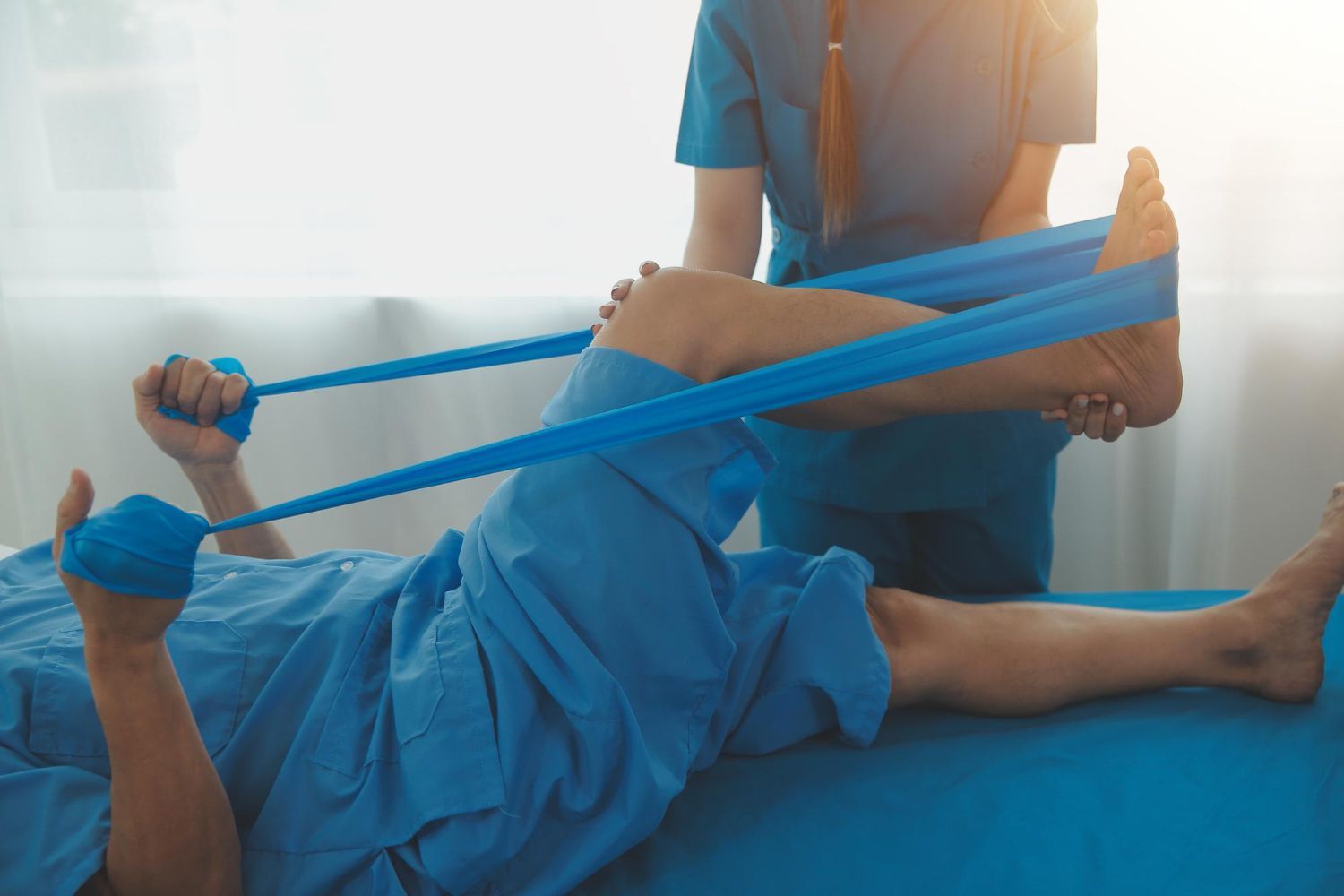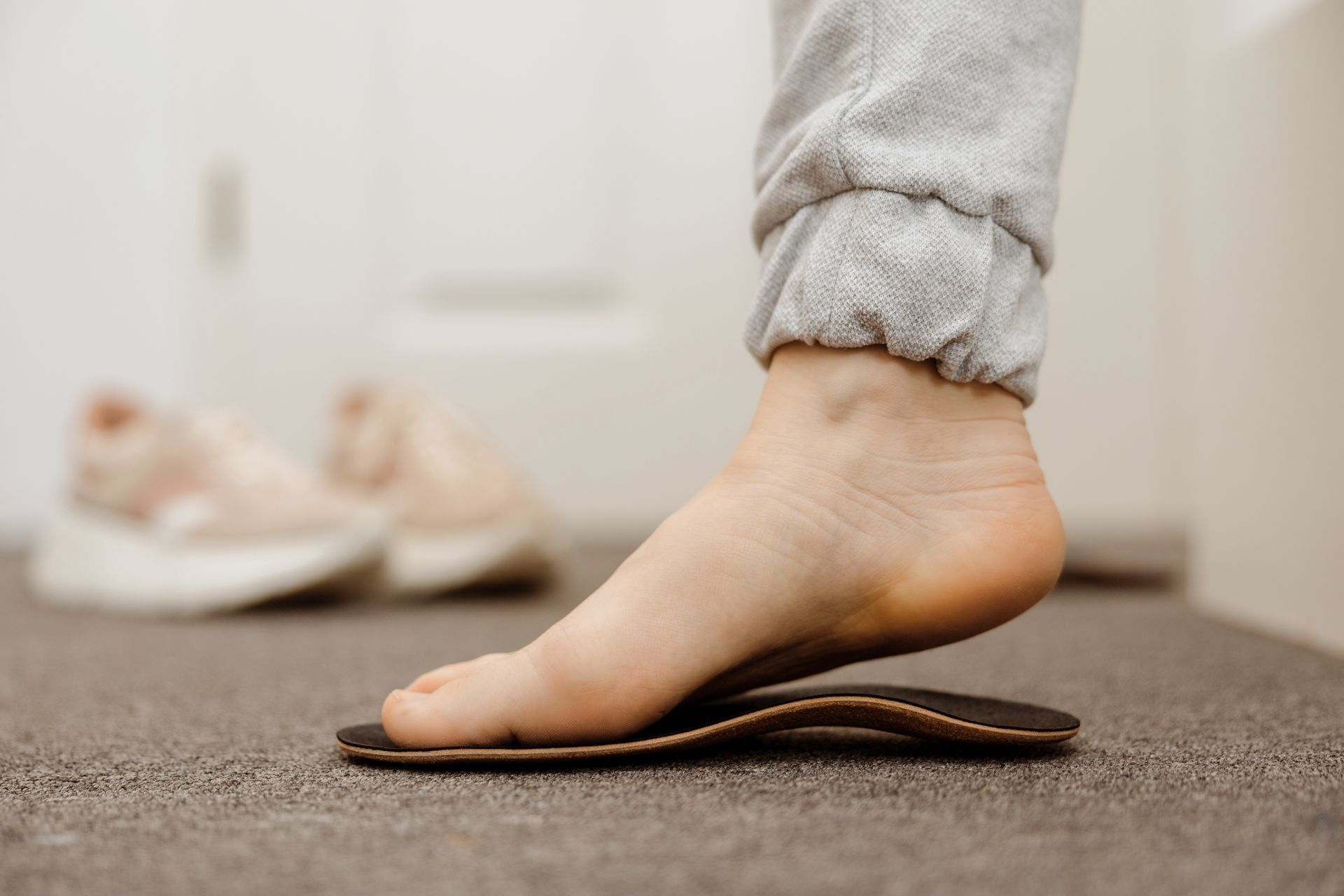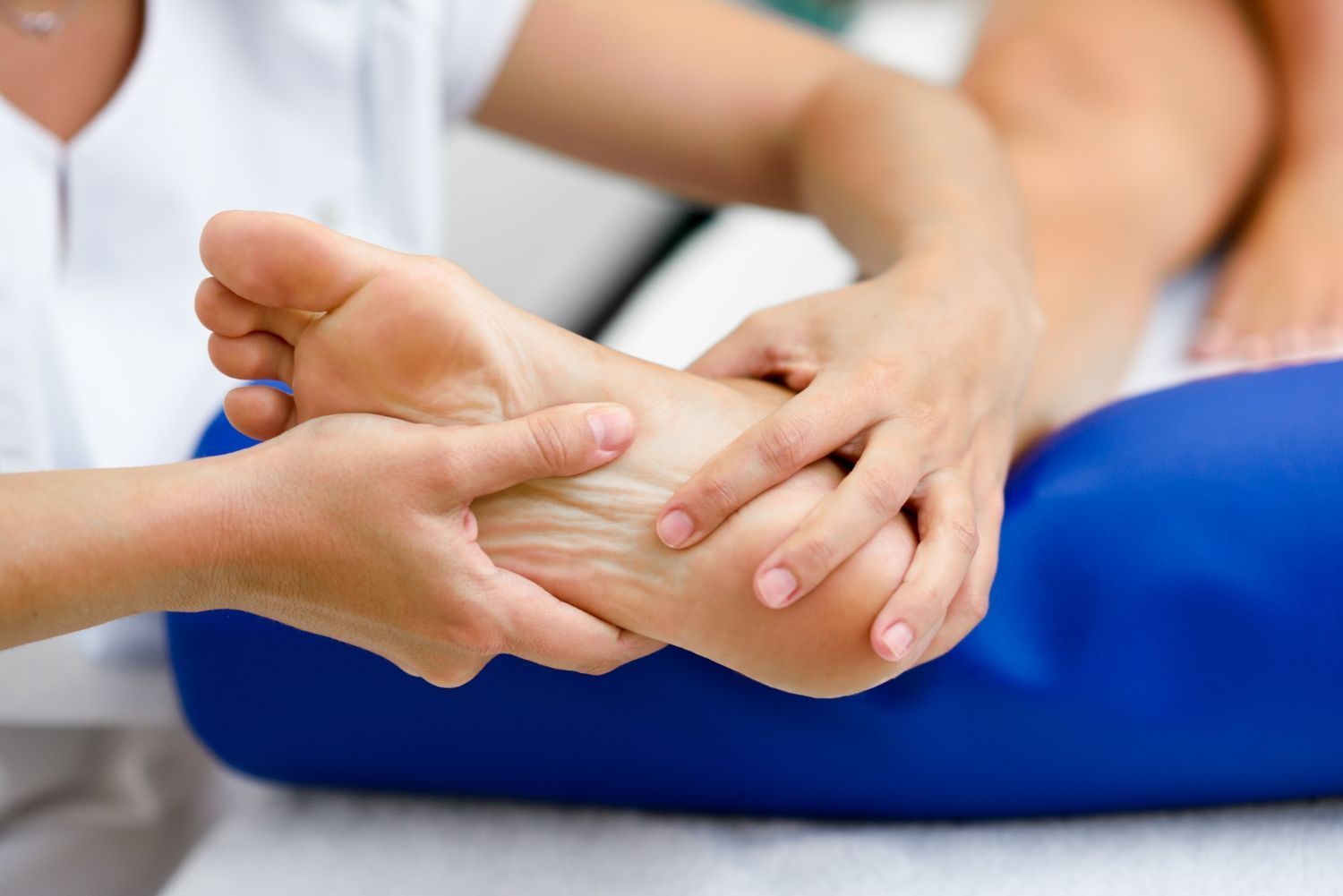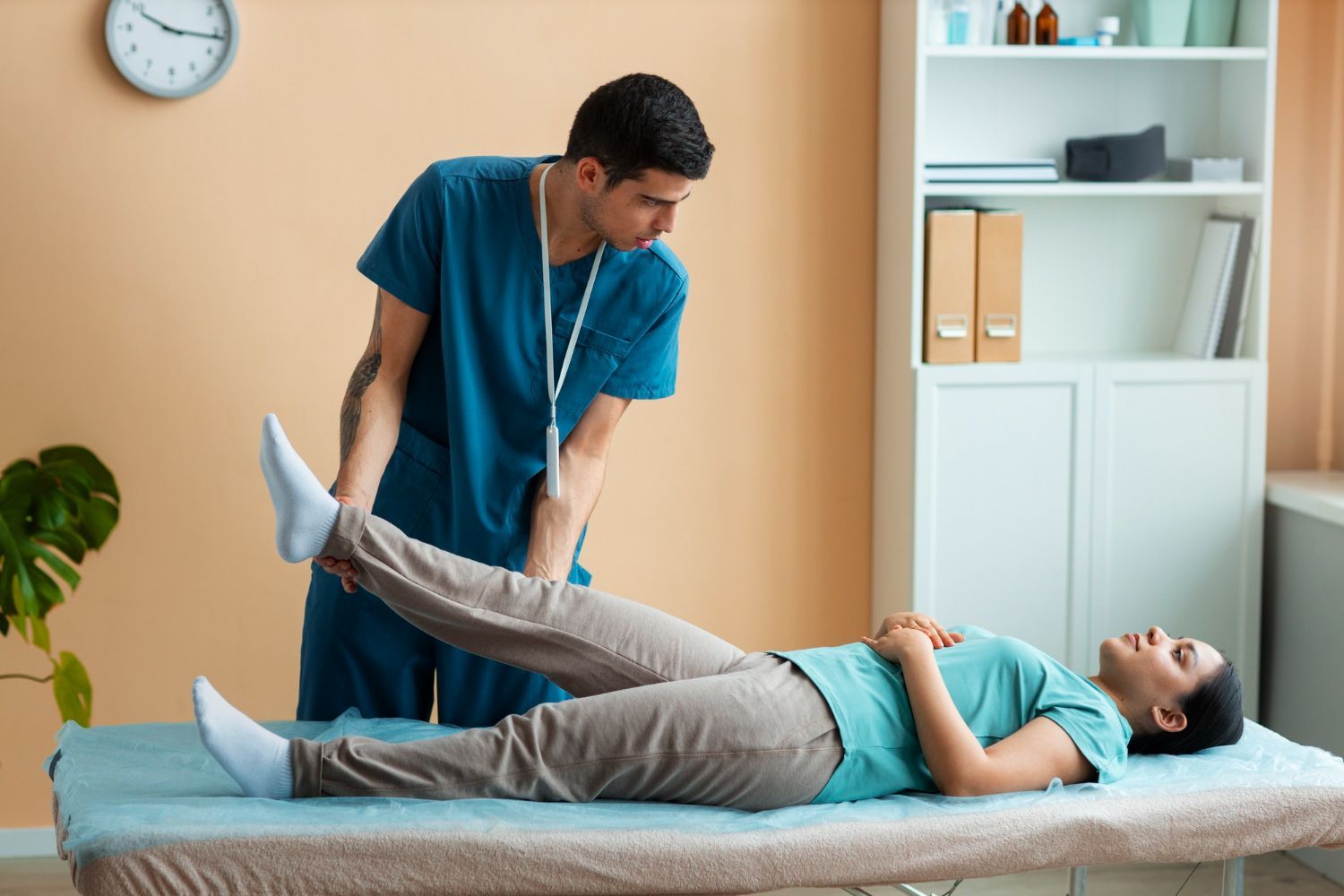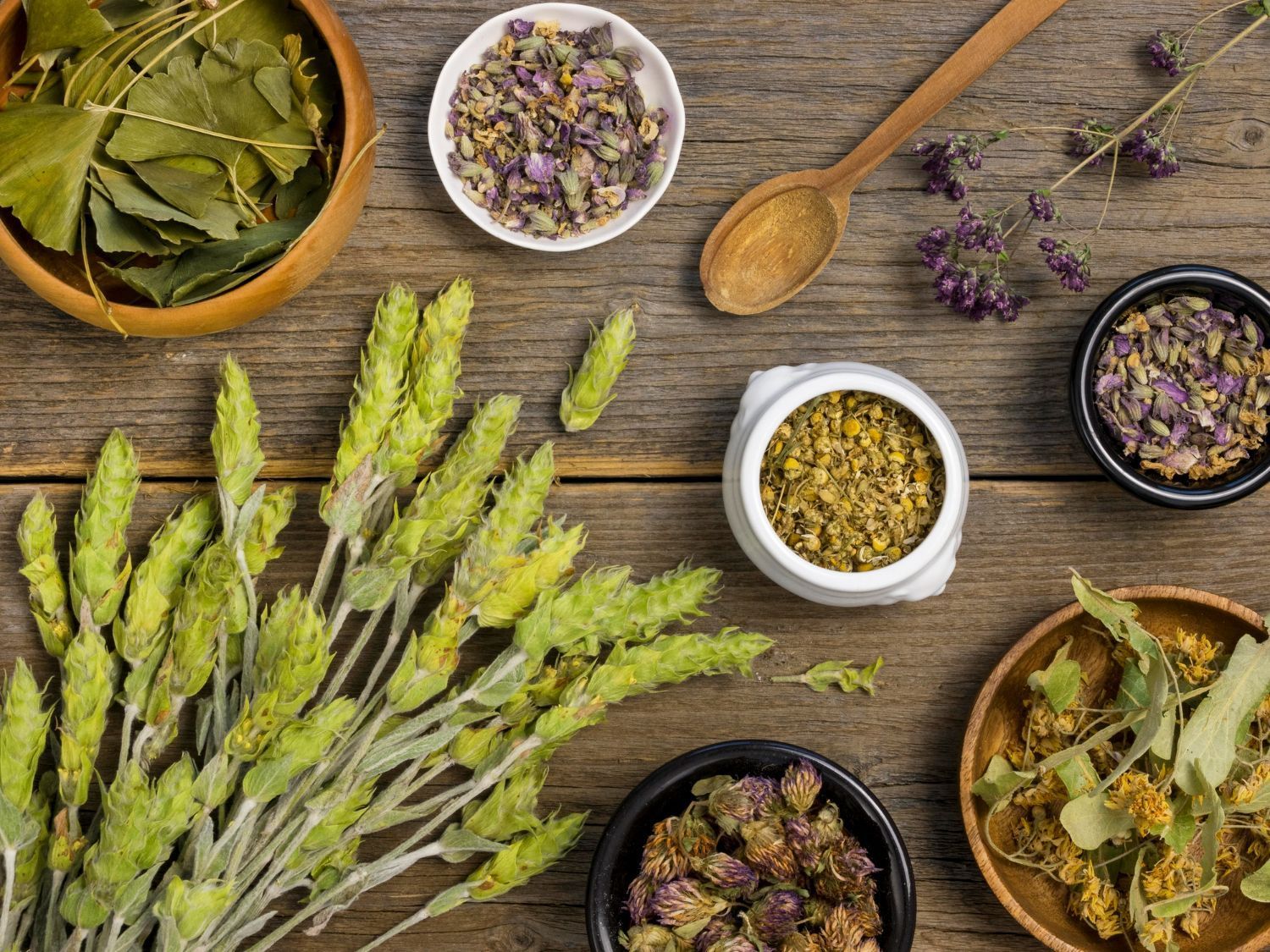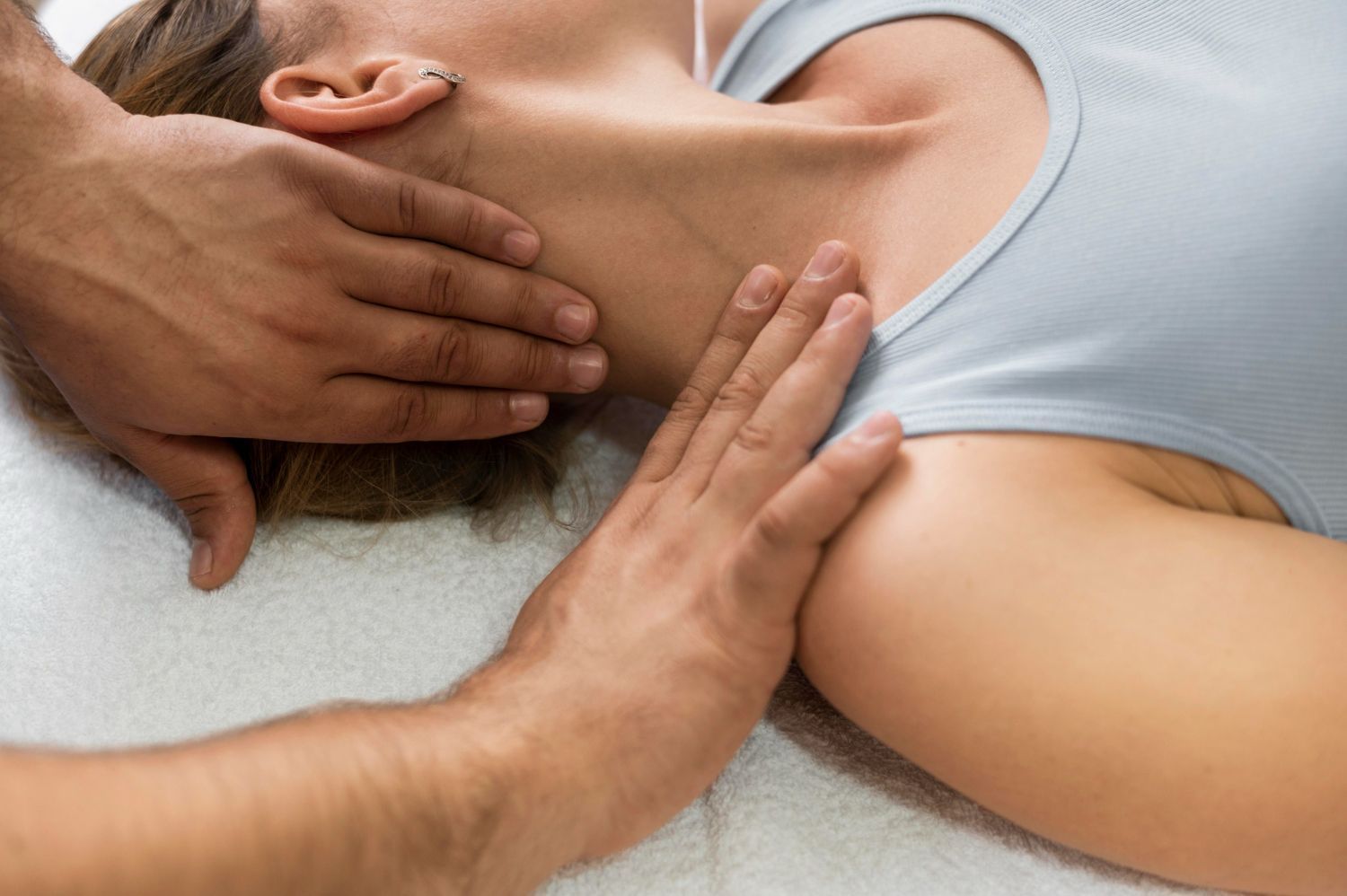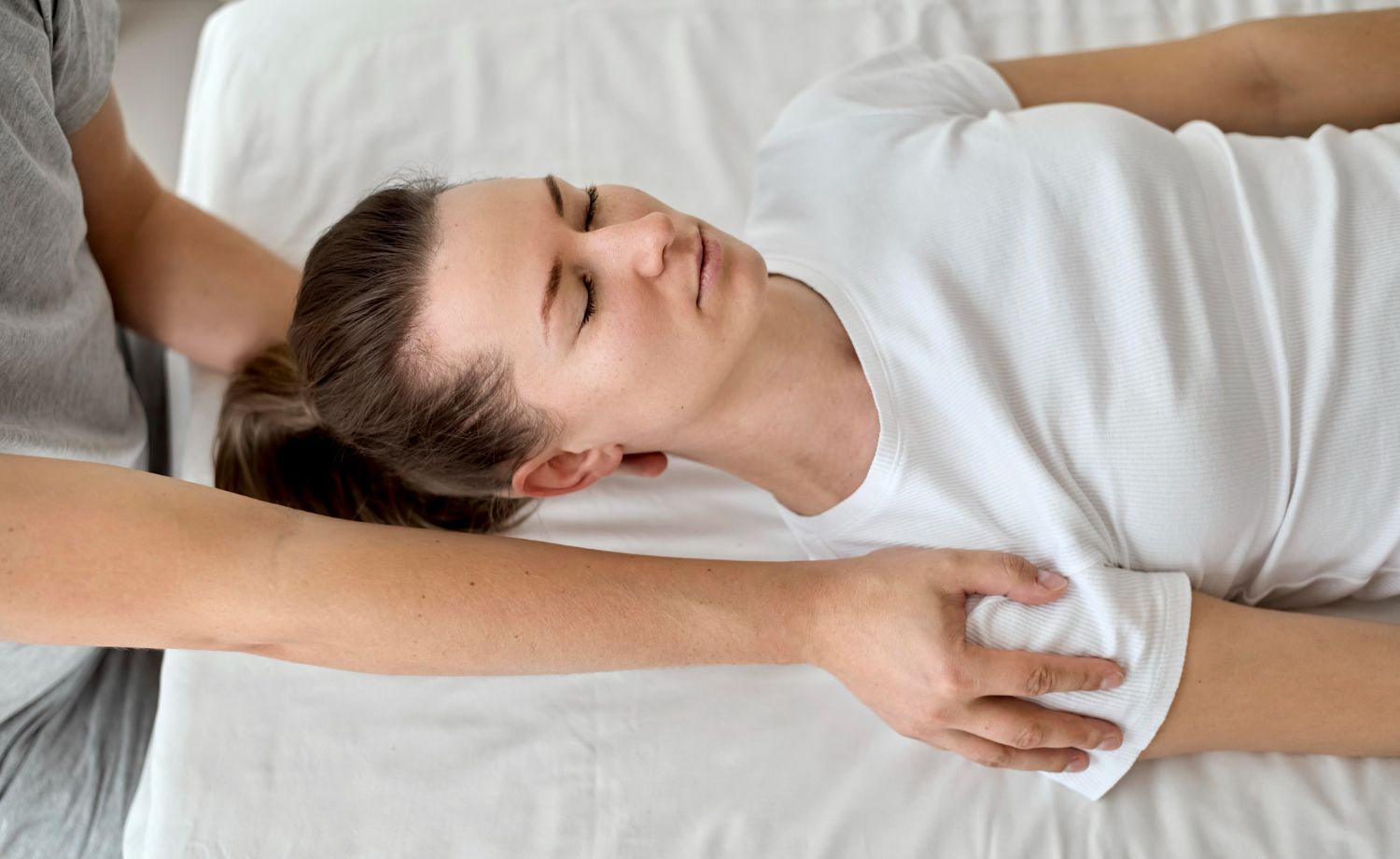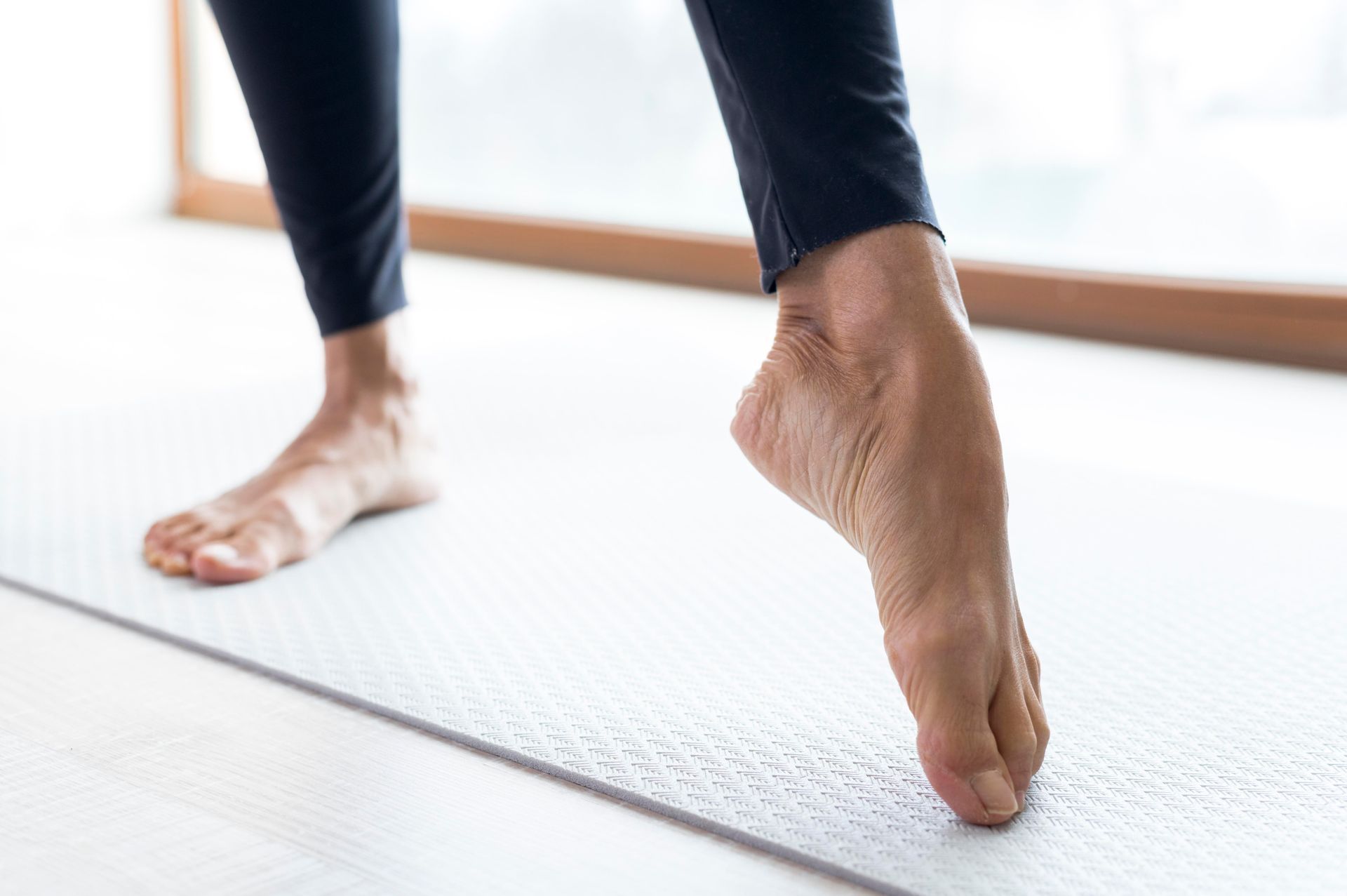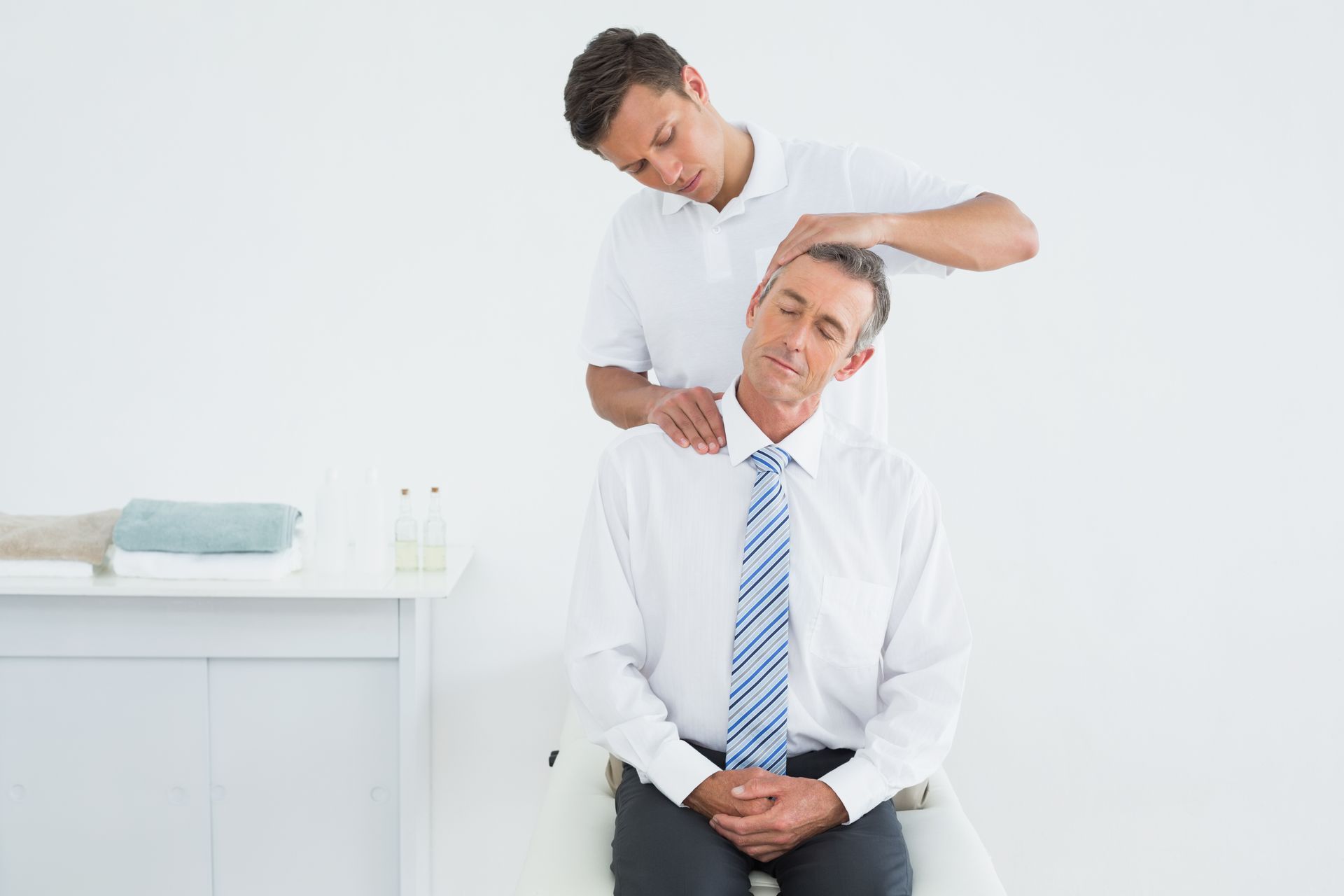How does Physiotherapy help with Sports Injuries?
August 17, 2018
After a hard day’s work, I look forward to getting on the court for a few rounds of Squash with friends.
Twenty minutes into the first game, I heard a click but I ignored it until a persistent pain thwarted my elbow movement.
I found it difficult to even pick up a glass of water. It was only when I visited the doctor that I found out that it was a severe tendon tear. I was prescribed rest, told to apply a cold pack on my injury and add a few exercises to my regime.
This incident is proof that sports injuries do not only plague those on the big field — Olympic athletes or football stars. They can happen to anyone who is physically active. Sports injuries, depending on their severity, are always followed by some form of athletic physiotherapy.
Ankle sprain, groin pull, hamstring strain, shin splints, knee injuries like an ACL tear or Patellofemoral syndrome
— an injury resulting from the repetitive movement of your kneecap against your thigh bone, or tennis elbow are some of the most common and prevalent sports injuries that require immediate attention and guided sports physiotherapy. These injuries are typically caused due to weak or strained muscles, poor training methods, inadequate warm-up, lack of conditioning, incorrect movements, dehydration and some other factors. While some of them need a combination of surgery, medication, and sports physiotherapy, some can be treated completely with physiotherapy which is, in most cases, non-invasive.
What are the injuries treated by sports physiotherapy?
Physical rehabilitation or physiotherapy
after an injury is based on the time taken for the healing process — which could be a pattern of the acute phase, subacute phase, and the chronic phase. Some of the most common treatments by a physiotherapist are listed below.
Sports Injuries Need Special Attention
The acute phase of rehabilitation involves providing relief to painful areas and reducing inflammation. The R.I.C.E.
(Rest-Ice-Compression-Elevation) principal controls and reduces inflammation. During the sub-acute phase, physiotherapists perform an active-assisted range of motion and strengthening exercises. In the chronic phase, the athlete is progressively brought back to pre-injury workout routines.
Apart from this, sportspersons may also experience concussions. A concussion is a traumatic brain injury that may result in bad headaches, an altered level of alertness or unconsciousness. Treating this is a multi-disciplinary effort and athletic physiotherapy plays an important role in helping the athlete return to the sport.
Since injuries can be life-altering for people with an active lifestyle, physiotherapists treat and approach sports injuries with a different perspective. Keeping in mind, that for a sportsperson, mobility and strength are key to bounce back into their daily lives.
